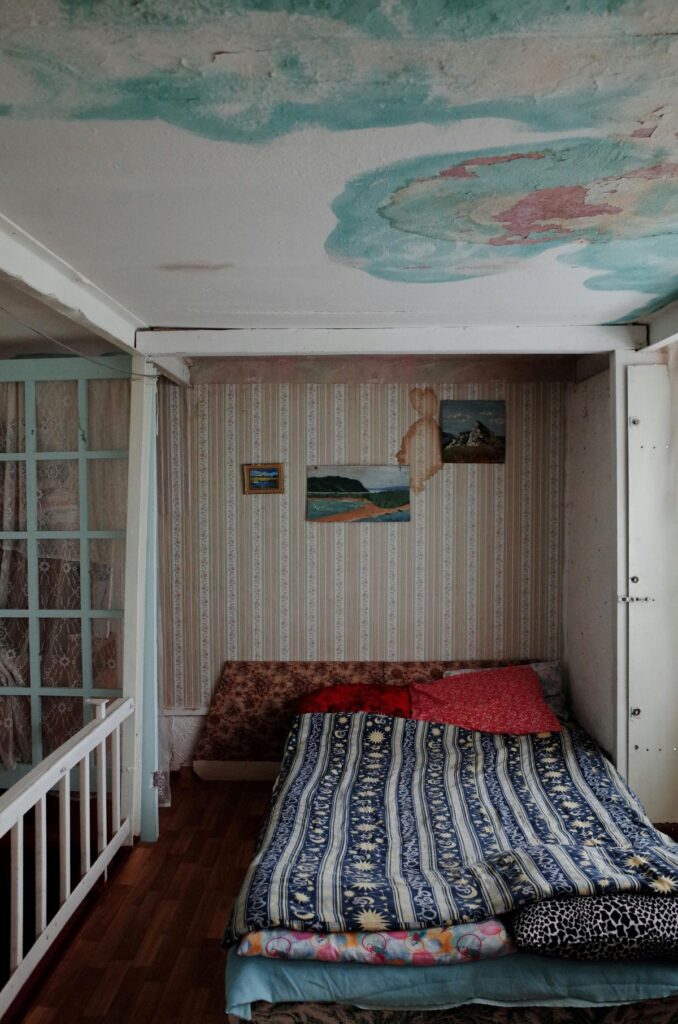Awaab’s Law came into force on Monday 27th October, and with a 2023 estimate finding that as many as 279,000 social homes are suffering from some degree of damp or mould problem, Awaab’s Law will mean a seismic shift for landlords, who will be forced to immediately take action on any issues reported by tenants.
In light of this, Nicholas Donnithorne, Peter Cox’s Technical Manager, has shared his comments on the impact this will have for landlords and the causes of damp and mould in domestic properties.
Nicholas said: “Awaab’s Law comes into effect this week, setting clear timeframes for social landlords to tackle serious issues such as damp and mould, while reaffirming tenants’ power to report non-compliance directly to bodies such as the Housing Ombudsman. Similar measures are expected to extend into the private rental sector soon, with the Renters’ Rights Bill due to receive Royal Assent.
“These regulations mark a major shift for landlords, who will need to deal with tenant issues and act within specified time frames (as defined by Awaab’s Law) to remediate those issues. For the worst hazards or tenants with severe health issues, this could mean immediate re-homing. Tackling damp and mould will be essential to both compliance and tenant wellbeing.
“Damp or mould in a property should never be ignored. Condensation is the common cause of damp, occurring when warm, moist air meets a cold surface and condenses on the surface. Everyday activities like cooking, bathing, or drying clothes indoors can raise humidity, and without good ventilation, black mould can thrive.
“Penetrating damp, meanwhile, is caused by moisture entering the property through wind-driven rain, flooding or structural defects such as porous brickwork, cracked render, faulty pipework, or blocked gutters. Regular maintenance, especially after stormy weather, can often prevent it, which is a responsibility that falls on landlords.”























































